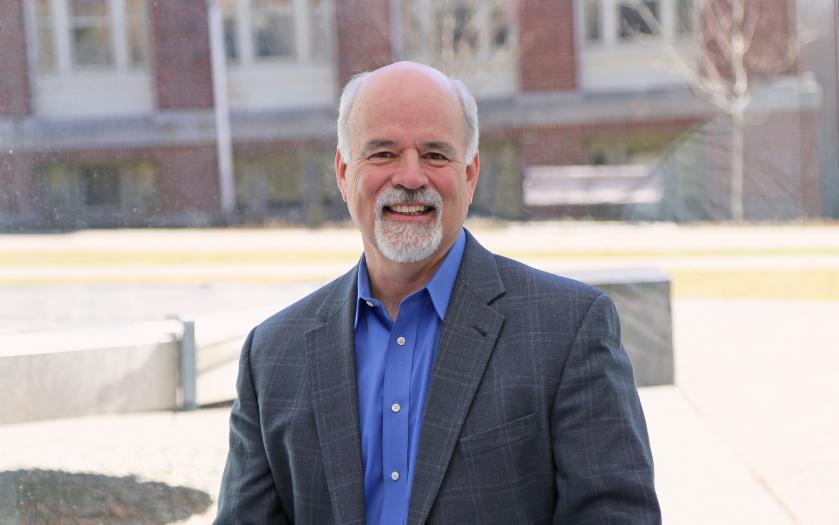November Faculty Spotlight - Jeffrey Morgan

Jeffrey Morgan received his bachelor’s degree in biology from Syracuse University in 1977 and his PhD in biological chemistry from Harvard University in 1983. He then completed a postdoctoral fellowship at MIT and the Whitehead Institute for Biomedical Research. Prior to joining Brown University in 2002, Professor Morgan co-founded Somatix Corporation in Cambridge, MA and was a professor in surgery at Harvard Medical School and a scientist at Shriners Hospital for Children and Massachusetts General Hospital. The Morgan Lab invented and patented the 3-D Petri Dish ®, which is now sold by Sigma-Aldrich. The Morgan Lab’s research has received funding from many sources including the National Institutes of Health, Department of Defense, and National Science Foundation. He is a fellow of the American Institute for Medical and Biological Engineering.
1) When did you know you wanted to be a biomedical engineer/researcher?
When I was an undergraduate at Syracuse I had a work-study job washing test tubes in a biology lab. One of the graduate students in the lab seemed to be doing cool things and I started asking him a lot of questions. He was very friendly and took the time to answer all of my questions and eventually I started doing research in that lab. He was bringing beef hearts from the slaughterhouse and purifying an enzyme, cytochrome oxidase, from the mitochondria and you could see the separation taking place with each enzyme having a unique color and that just seemed very cool to me.
2) Of all of the publications you have written, is there one that you are most proud of? Why?
There are two parts to my career and the first was in the field of gene therapy. When I was at Harvard I attended a lecture by Dr. Howard Green and he talked about culturing human skin cells and transferring them to burn patients. I knew from working in Richard Mulligan’s lab that we could genetically engineer these cells and realized that I could put the two together. I was so excited—physically excited—and I went straight to Dr. Green and suggested genetically modifying these skin cells. He let me take some cells and we were able to genetically engineer them to secrete human growth hormone, which is not normally secreted by skin cells. We transplanted them to mice and they formed an epidermis. This was very exciting for us as it was the first time human stem cells had been genetically modified and transplanted and ultimately this work was published in Science. The second part of my career has been at Brown working in 3D cell culture and one of the most exciting papers from this part of my career demonstrated a micromold system that was capable of making making spheres, donuts, honeycombs, other shapes, which opened a lot of doors for research.
3) Did you ever do experiments that didn’t work?
Most things don’t work! I tell my students to go out there and make as many mistakes as possible as fast as possible. When I was at the Shriners we had cultured skin and developed a composite model of skin with keratinocytes on top of a decellularized dermis and transplanted to mice. Surgeons put our grafts into clinical trials which was obviously exciting, but as we were watching the surgeon implant the first graft he told us that the patient had a infection at the burn site. As he mentioned that we realized our model had only been developed in aseptic conditions and wasn’t necessarily equipped to deal with infected sites. Although it did hold in several patients our skin did not replace the current standard and we have since returned to the lab to keep working and taking into consideration what we realized when seeing our skin graft being applied to a patient.
4) How do you choose the projects your group works on?
First of all you have to get funding. I like to build on things over a long period of time to understand the problem deeply, have a leg up on the competition, and have a unique technology or perspective. Students build off one another, so as one student leaves they pass on their work to another incoming student. I also think it’s important to work on tough problems. Right now we’re working in organ engineering and we need a lot of technology development in this space, which could produce quite disruptive technology.
5) What three qualities are most important for ensuring success as a young researcher?
Persistence, not afraid of failure (and learn from failures), collaborative